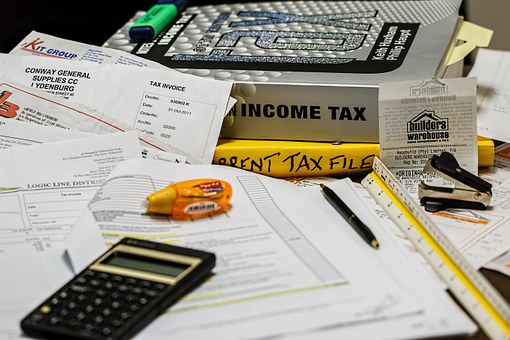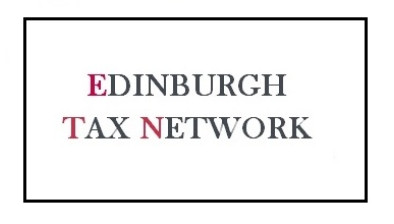Richer Scots pay more tax than English, IFS study finds
The Scottish Government has used its devolved tax and benefit powers to craft a more progressive system than is in place in the rest of the UK, according to the latest study by the Institute for Fiscal Studies (IFS).

On average, taxes are higher for high-income households, and benefits more generous for low-income households.
Its changes to income tax mean someone earning £50,000 will pay around £1,500 more in income tax this year than if they lived elsewhere in the UK.
The average cost of these changes to households in the top 10% of the income distribution is around £1,700 a year, equivalent to just over 2% of after-tax income.
Cuts in income tax for those on lower incomes are much smaller – at most £21 per year. And the Scottish Government’s five-band system of income tax is unnecessarily complex. It could have achieved similar changes in tax bills – indeed slightly more progressive changes – if it had introduced a small 0% band on top of the UK-wide tax-free allowance, and applied its 21% ‘intermediate’ rate directly above that.
Low-income households gain much more from the Scottish Government’s increases in benefits. These include a top-up to carer’s allowance, more generous housing benefit for those in social housing who have what the UK government deems to be ‘spare’ bedrooms, and extra payments for families with young children on means-tested benefits.
Taken together, these will boost the incomes of the poorest fifth of Scottish households by an average of almost 1.5% this year, with temporary pandemic payments coming on top and further permanent increases in the pipeline.
A natural drawback of making the system more progressive is that it weakens work incentives, as people have more to lose by coming off benefits and paying more income tax.
These are among the findings of a new Scottish Election Briefing Note on devolved taxes and benefits by IFS researchers, funded by the Scottish Policy Foundation as part of its programme of work to inform public debate in the run-up to the Scottish parliamentary elections.
Stuart Adam, a senior research economist at the IFS and an author of the report, said: “The Scottish Government’s tax and benefit policies follow a strikingly consistent pattern: both over time and relative to the rest of the UK, they involve giveaways at the bottom and tax rises at the top. Changes to income tax, social security benefits, council tax, business rates, and land and buildings transaction tax have all contributed to that pattern.
Changes to the way benefits are paid should make life easier for claimants. In contrast, the tax changes have tended to complicate the system. The additional complexity in income tax is particularly unnecessary: a very similar pattern of tax payments could have been achieved without the need for separate 19%, 20% and 21% rates.”
David Phillips, an associate director at IFS and another author of the report, added: “The current Scottish Government has called for the devolution of National Insurance, capital gains tax and the remainder of income tax. Doing this would mean Scottish income tax changes could apply to all income – reducing the scope for tax avoidance – and allow the Scottish Government to address inefficient and unfair differences in how different types of income are currently taxed.
“Whether this opportunity would be grasped is another matter though: the current Scottish Government has shied away from radical reform where powers are already devolved. The case for devolving VAT also appears much weaker given the administration and compliance issues involved.
“Hopefully in the remaining weeks of this election campaign we’ll see more discussion of how Scotland’s existing tax powers could be used. Like in England, it is time Scottish council tax was revalued and reformed. Fundamental reform of business rates and the reduction or abolition of land and buildings transaction tax could also make the system fairer and more efficient.”










